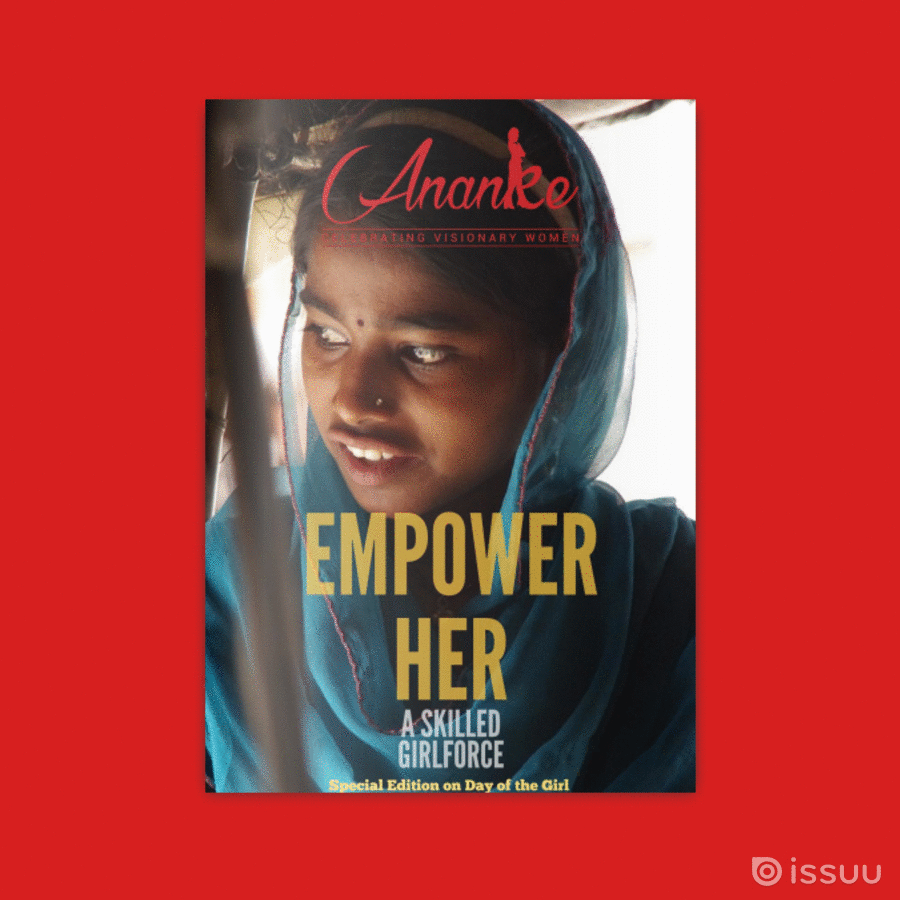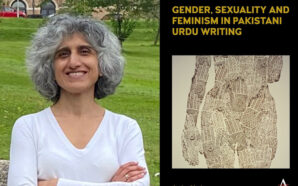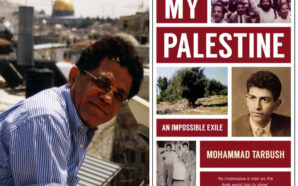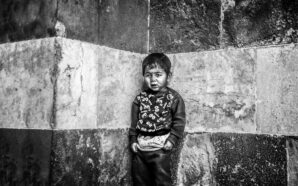Recently, clerics from Pakistan Islamic Ideology Council termed a bill that increased the girls’ age of marriage from 16 to 18, as “blasphemous” & “un-Islamic”.
According to Girls Not Brides representatives in Pakistan; a global partnership of 500+ civil society organizations committed to ending child marriage and enabling girls to fulfill their potential; this bill shouldn’t distract attention from making real progress to ban child marriage in Pakistan.
Furthermore, two of the most densely populated provinces of Pakistan and accounting for more than seventy five percent of Pakistan’s population, Sindh and Punjab have shown little progress in this aspect. In 2013, the Sindh government together with civil society worked on banning child marriages severe punishments and higher amount of fines. It was in 2015 when Punjab followed suit and introduced punishments in addition to fines in higher amounts.
Apart from these two provinces, the Khyber Pakhtunkhwa Assembly has also taken this initiative into ‘consideration’. While terror inflicted province of Baluchistan, on the other hand has yet to take a step in this direction.
According to the estimation of UNICEF, three percent of girls in the country are married before the age of 15 while twenty one percent at the age of 18. Those who are involved in an under-age marriage are imprisoned for a month in prison with addition to a mere Pakistan rupee 1,000 (US$9.5) fine.
In a news report, published in a Pakistani daily: “Around 42 percent of girls in Pakistan get married before they are 18 years of age and eight percent of adolescent married ‘women’ are already mothers aged between 15 to 19.”
According to the coordinator of the Provincial Alliance to End Early, Forced and Child Marriages KP/FATA, Mr. Qamar Naseem, said: “We the citizens of Pakistan and concerned civil society strongly, loudly and outright reject [these] statements against women and girls, and early marriage criteria.”
Furthermore, Nikahkhawans (wedding officiant/religious minister) in Sindh are requesting birth certificates before a marriage in an attempt to end/ban child marriages. Religious leaders in the city of Peshawar in the province of Khyber Pakhtunkhawa have already started dialogues on violence against women and girls in mosques. In addition, Valley Swat has its first all-female Jirga that works with religious leaders very closely in the traditional disagreements, resolutions system that has any issue directly or indirectly affecting both women and children.
ED’s Note: All things said and written, reality on the ground is still harsh and pervasively negative. Child marriage is a tradition, upheld by not only religious factions, but even by different sections of society stemming from belief systems and mindset. Triggered by illiteracy, poverty and scarcity, its paves way to marginalisation of women, devastating their reproductive health and that too of their families – a ripple effect that consequently stunts societal growth. Not only is Pakistan’s politico-legal framework in dire need of re-alignment – but the government, public sector, communities and civil society need to step up and take active part in redressal and deterrence. It is time to create a blueprint that alleviates the plight of the Pakistani girl child!
| Pakistan
Children married by 15: 3% Children married by 18: 21% Adolescents currently married (female): 15.7% Births by age 18: 10.2% One-third of girls in the developing world are married before the age of 18, and one in nine are married before 15. If current trends continue, 150 million girls will be married before their 18th birthday over the next decade. Pregnancy is consistently among the leading causes of death for girls ages 15 to 19 worldwide. Sources: UNICEF, Girls Not Brides, ICRW
|
Actions to end this child marriage
- The Child Marriage Restraint Act, 1929 has defined the official age of marriage for girls to be 16 years. It is not justified to legalize marriage at such a tender age and this law needs to be revised. The campaign called for revisions in the law to change the age of marriage for girls to a minimum of 18 years.
- Even though the law exists defining 16 years as the minimum age of marriage for girls, it continues to be disregarded by the public and girls are very often married at ages less than 16 years. There is therefore need to ensure implementation of the law and strict measures need to be taken in this regard.
- The punishment for solemnizing a child marriage remains one month imprisonment or a fine of Rs. 1,000, which is too minimal for the parties undertaking such actions to be concerned. It was therefore felt that the penalties should be increased to match the crime.
- Birth Registration system of the country is also faulty and a large part of the population remains unregistered up until such a point when there is need for a National Identification Card. Revisions within the system are therefore crucial and incentives to register the birth of a child could prove to be beneficial.
- If the Nikah Nama (marriage contract) includes the requirement of possessing a Computerised National Identity Cards for it to be finalized, the minimum age of marriage for both boys and girls will automatically become 18 years.
- Mass awareness raising campaigns need to be initiated to sensitize the general public regarding girl child marriage. Media can play a critical role in passing key messages to the public in a gender sensitive manner.
- There is need for revisions in school curriculums to include gender sensitive messages highlighting the importance of women’s rights, and leading to a paradigm shift in the attitudes of the society.
- The biggest hurdles in preventing girl child marriage remain cultural practices and traditional attitudes of the people. These cannot be changed by any single agency and there is need for a collective, unified voice to be raised against the issue by every sector of the society.
- Men’s positive roles as fathers, brothers and husbands need to be emphasized. There is need to work directly and repeatedly with men to sensitize them and change their attitudes towards women.
References
The Khartoum Declaration (art 26)
Cairo Declaration on the Convention on the Rights of the Child (CRC) and Islamic Jurisprudence (p. 6)
The South Asia Initiative to End Violence Against Children (SAIEVAC) Regional Action Plan to End Child Marriage in South Asia (2015-2018)
The UN Convention on the Rights of the Child (CRC) (article 19)
The UN Convention on the Elimination of All Forms of Discrimination against Women (CEDAW) (article 16)











